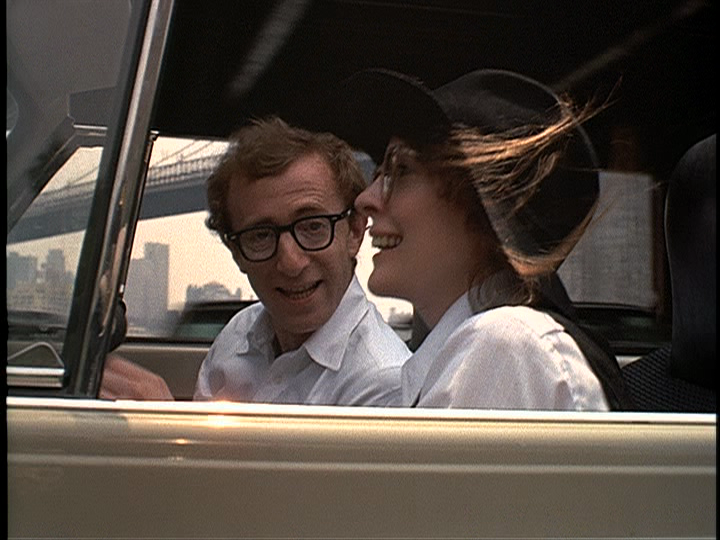Every One of Them Words Rang True: The Defiance of Time in Bob Dylan’s ‘Tangled Up In Blue’.

Back in 2006, Bob Dylan was interviewed for yet another ‘Rolling Stone’ cover story. Looking back on the tumultuous decade in which he’d first made his name, Dylan reminded the interviewer, Jonathan Lethem, that he was “talking to someone who owns the Sixties”. Which is true. The flip side, though, is that for a long time, the Sixties seemed to pretty much own Bob Dylan. It was as though he had signed some kind of Faustian bargain with the spirit of that decade, guaranteeing him phenomenal artistic success and a quasi-religious following, but forbidding him ever to evolve beyond it. Had his infamous motorcycle crash in 1966 actually killed him, it might have been seen as a fitting end to Dylan’s story: it could have been his James Dean moment, the 500cc Triumph Tiger serving as a perfect metaphor for the breakneck speed and unpredictable trajectory of his Sixties career. Like some sort of countercultural Icarus, they’d have said, he flew too high, too fast, and was thrown back to the ground. Tragic, but inevitable.

Instead, after an ominous hiatus during which all sorts of rumours about the crash circulated, Dylan returned; but the Dylan who returned seemed even more of an enigma than the one who’d momentarily vanished. If Dylan’s audience had trouble relating to the new Dylan who emerged, Dylan himself had problems relating to his own art, and even his own sense of self:
“Well, it wasn’t that the crash was so bad. I couldn’t handle the fall. I was just too spaced out. So it took me a while to get my senses back. And once I got them back I couldn’t remember too much. It was almost as if I had amnesia. I just couldn’t connect for a long, long time.”
A lot of Dylan fans soon began to share that sense of disconnection. To many, Dylan’s post-crash career proved a letdown. If the stripped-back countrified arrangements and minimalist, biblically flavoured lyrics of ‘John Wesley Harding’ were bad enough, then subsequent albums such as ‘Nashville Skyline’ and ‘New Morning’ seemed ten times worse. By the mid 1970s, Dylan was seen as an anachronism, an artist whose only contemporary appeal was retrospective. The hugely successful 1974 ‘comeback’ tour with The Band, which had filled stadiums and set records for ticket sales, was viewed as an exercise in nostalgia, a chance for aging hippies and well-fed baby boomers to fondly recall the high tides of the Sixties from the calmer, more contented shores of the Seventies.

The 74 tour had coincided with the release of Dylan’s 14th studio album, ‘Planet Waves’, which received a fairly muted response: it did hit Number 1 on the US album chart, but only because of pre-sales; business dropped off sharply, and overall it was far from a spectacular success, particularly when compared with the record-breaking popularity of the tour. This served to reinforce the impression that Dylan was very much an artist of the Sixties. He had dominated that decade, but now that decade was becoming an albatross around his neck, threatening to drag him under. As the Sixties receded into the past, so the cultural phenomenon known as ‘Bob Dylan’, once such a powerful force, appeared to be ebbing slowly away.



